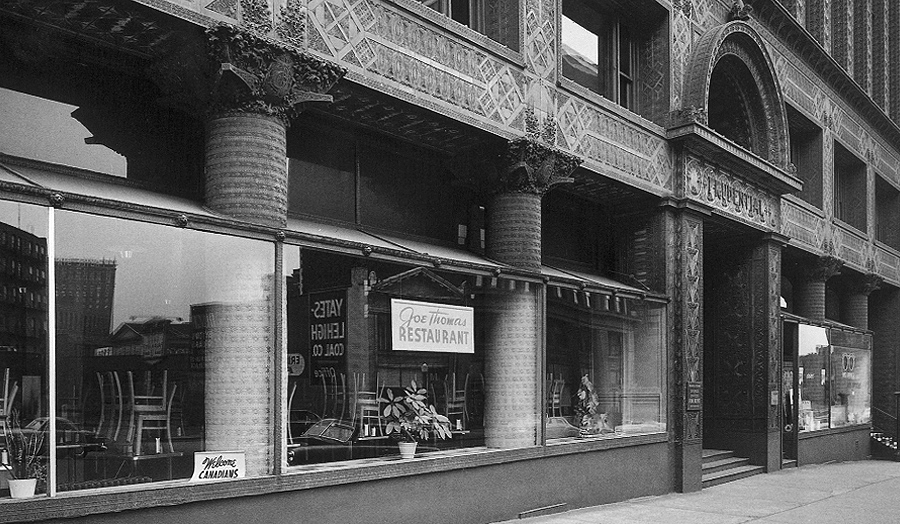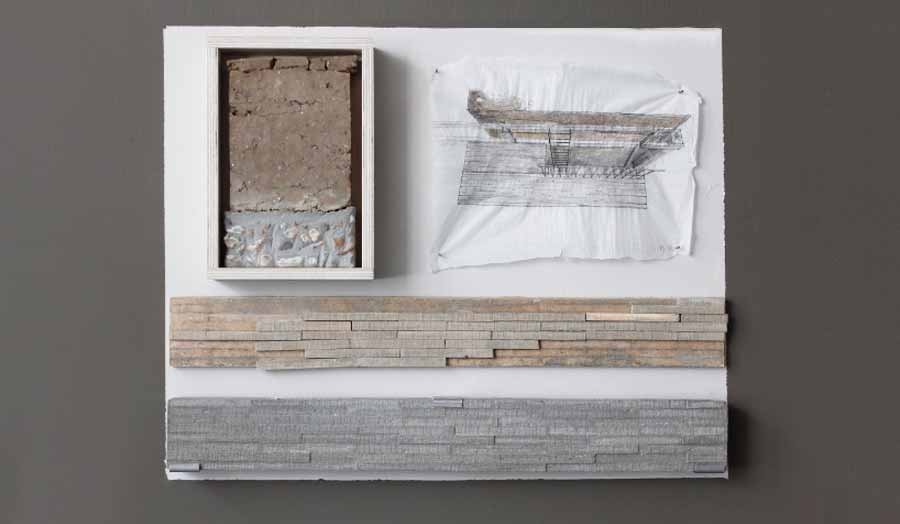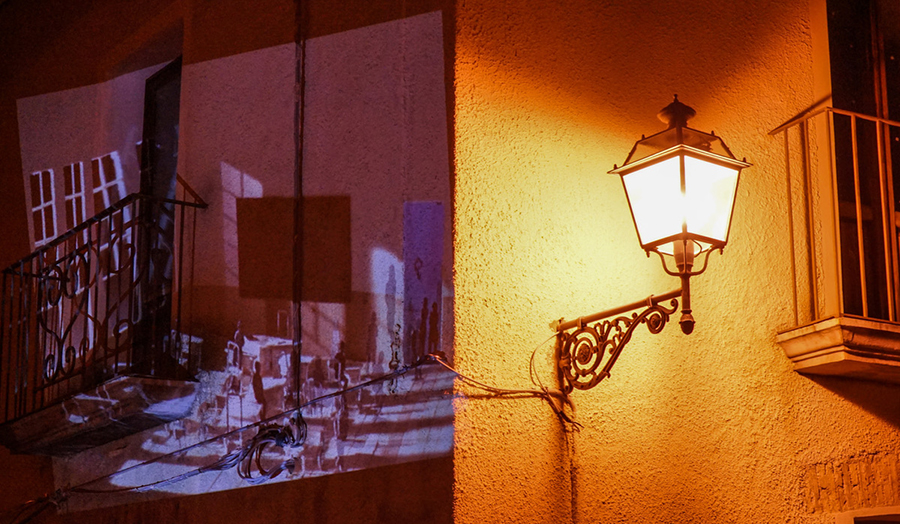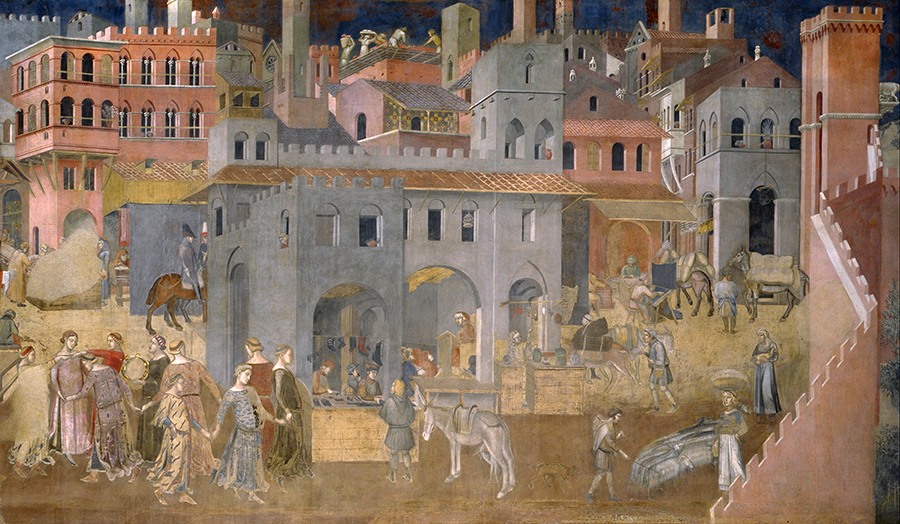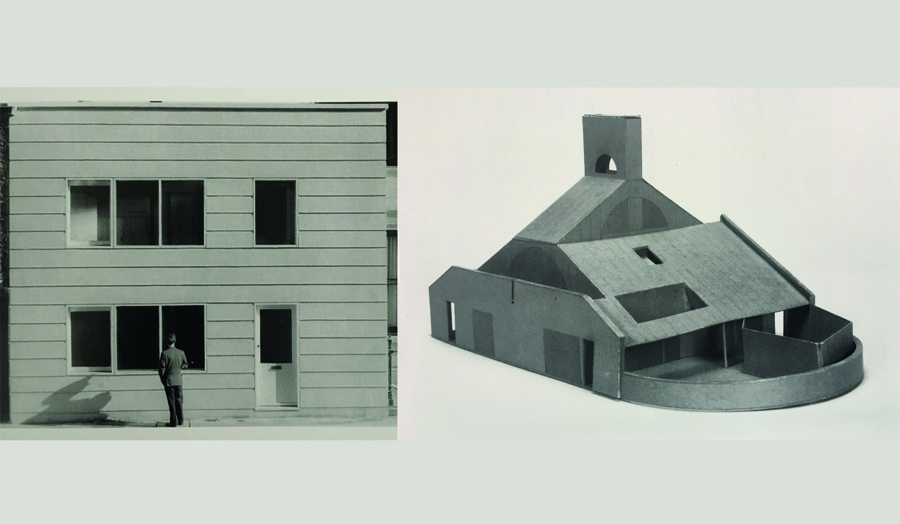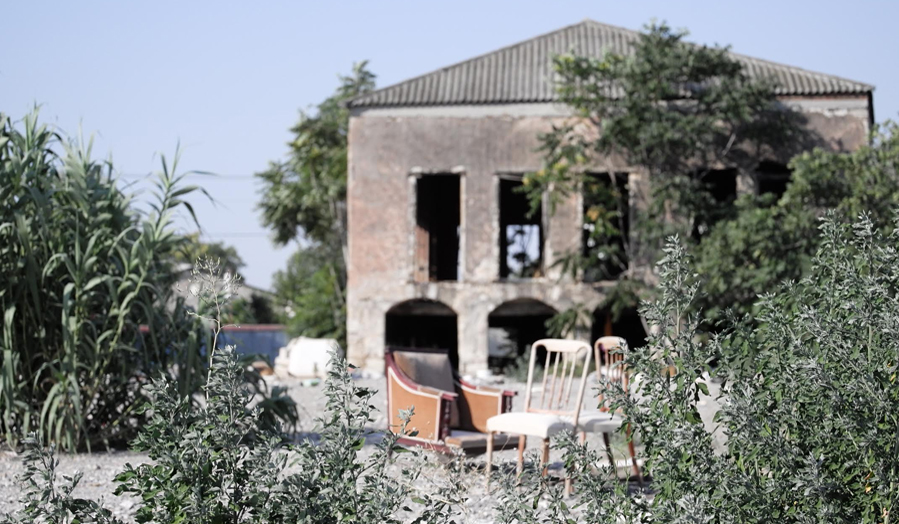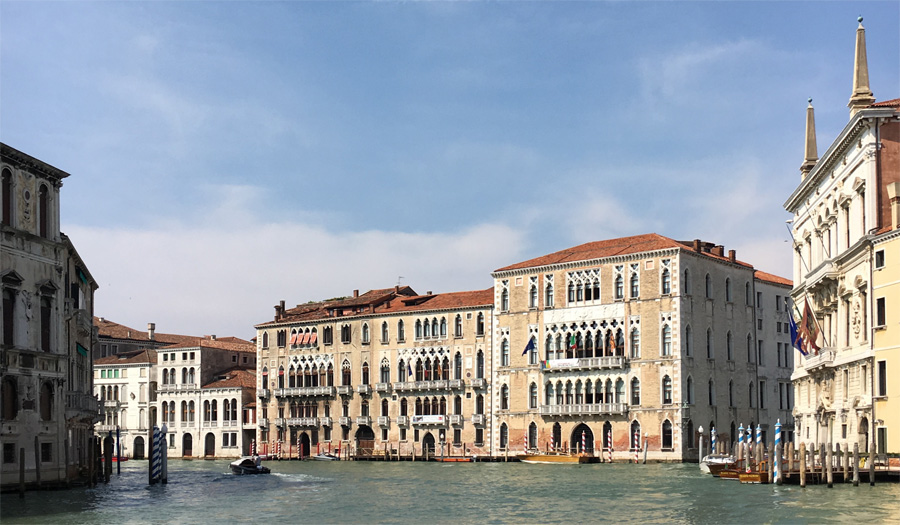Studio brief
“A concept is a brick. It can be used to build a courthouse of reason. Or it can be thrown through the window.”
― Gilles Deleuze, A Thousand Plateaus: Capitalism and Schizophrenia
Whether we like it or not, the United Kingdom will leave the EU at precisely 11pm on Friday, March 29th, 2019. With 17.4 million people having voted for Brexit, 16.1 million remain voters are faced with the prospect of being dragged out of the EU against their will.
Architecture can represent identity in a multitude of ways. Some buildings carry signifiers of geography through the use of native materials, locally-specific construction techniques or the presence of distinctive ornamental features which bring definition to their regional character. Other buildings set about representing a shift in identity. For instance, the devolution of Scotland and Wales in the late 1990s created opportunities for architects to challenge notions of nationhood and governance by proposing challenging new types of buildings which looked very different from the seat of government we had come to recognise in Westminster.
But with the referendum result split 48% to 52% in favour of leaving the EU, we will be asking, if architecture is to be considered a democratic form that represents the society it serves, what would be the manifestation of a nation pulling in both directions at once?
As in previous years, Studio Ten is interested in the relationship between architecture and time. We will once again look to the past to say something surprising about the future, but this year from a new perspective. A flawed memory of a past and an imagined vision of the future are the basis of many people’s reasons for voting in the UK EU referendum. As journalist Mark Easton wrote, "there is more than a hint of nostalgia about people's sense of Englishness. Almost three times as many of its residents think England was 'better in the past' than believe its best years lie in the future."
This sits in stark contrast to the people of Scotland, Wales and Northern Ireland, who all share the view that their nations' prosperity lies more in the future than in past.
Identity in the UK is further complicated by regional forces which, in the case of Scotland, have tendencies towards further devolution under the manifesto of a ruling Scottish Nationalist Party, whilst demanding membership of the EU in Brussels which ironically entails the centralisation of many of its powers.
We will be travelling to abandoned, disused historic buildings around the country, challenging students to extend, convert and reimagine the future of defunct architectures to offer a commentary on the divergent identities emerging across the UK.
This years studio title is taken from a lost album from the great jazz saxophone player John Coltrane. The album title emerged from a conversation between Coltrane another jazz musician in the late 1950s "about starting a sentence in the middle, and then going to the beginning and the end of it at the same time...both directions at once" as a means of exploring a new meaning.
By looking to the past to say something about the future, being critical as a means of being projective, and representing a nation split right through its core, this year we are excited to be proposing an architecture which looks Both Directions at Once.
Image: 'Fracking Facility and Regional Parliament: Detailed Elevation Study’ by Owain Williams
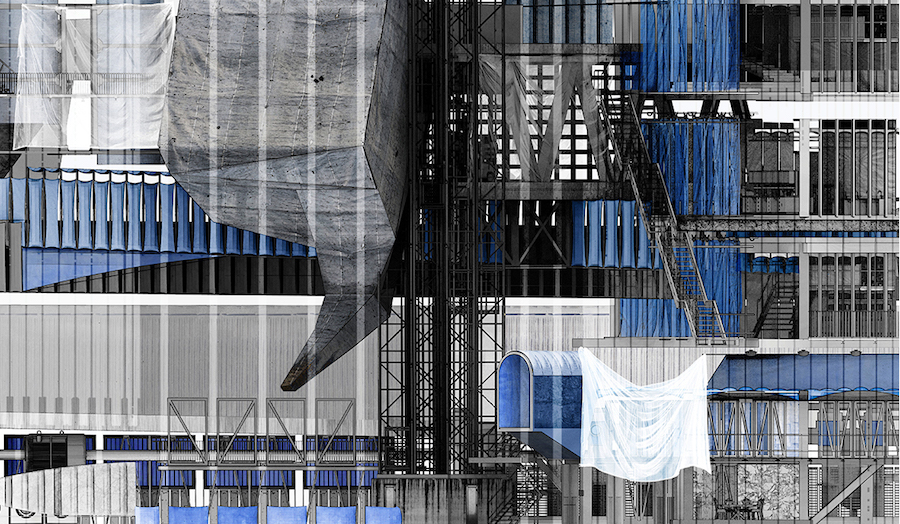
Details
| Course | |
|---|---|
| Tutors | Kieran Thomas Wardle Owain Williams |
| Where | Goulston Street Room GS1-19a |
| When | Tuesday and Friday |

